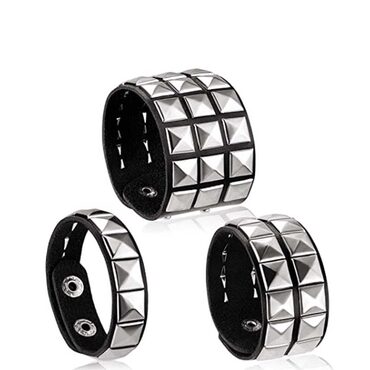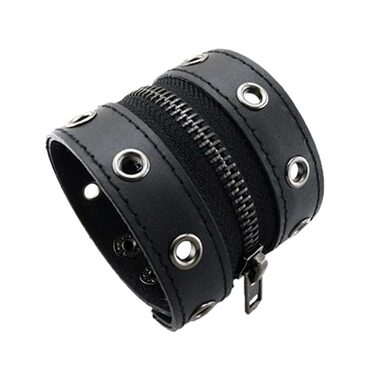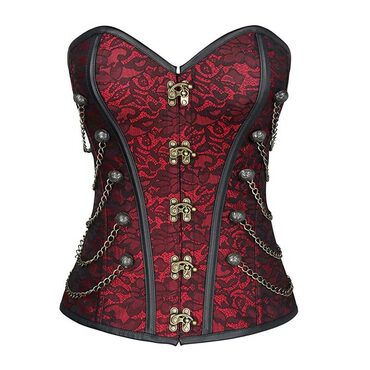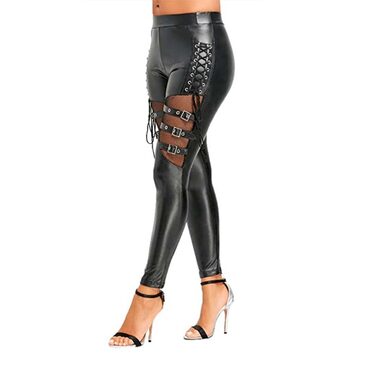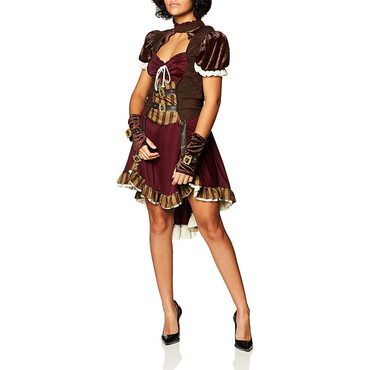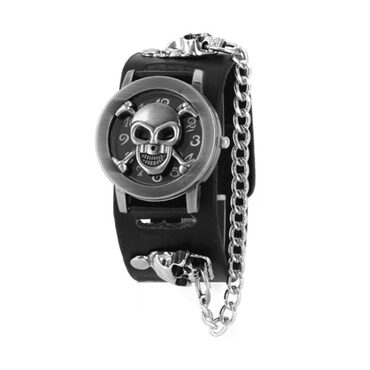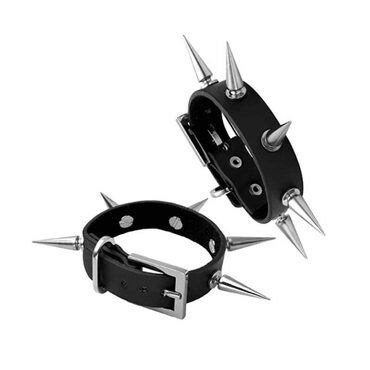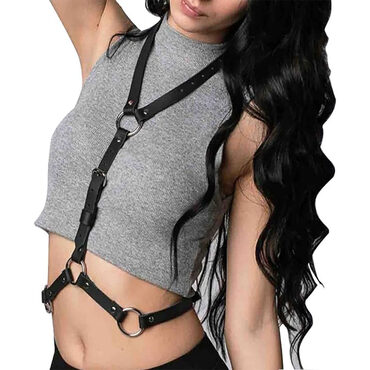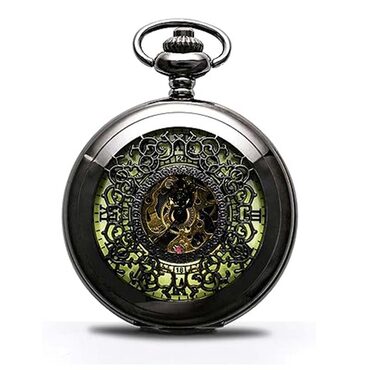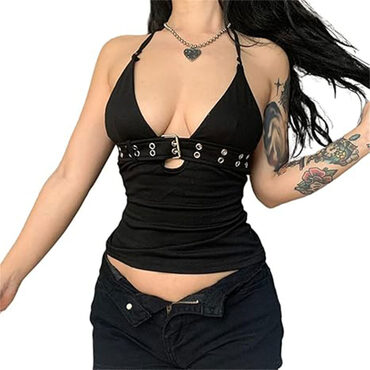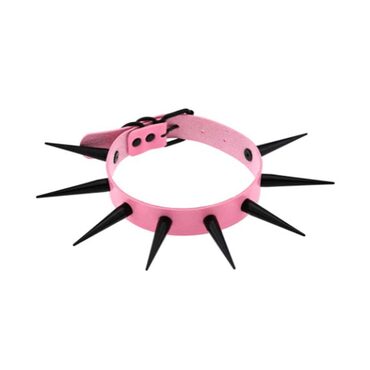70's Punk – What Was It Really Like?
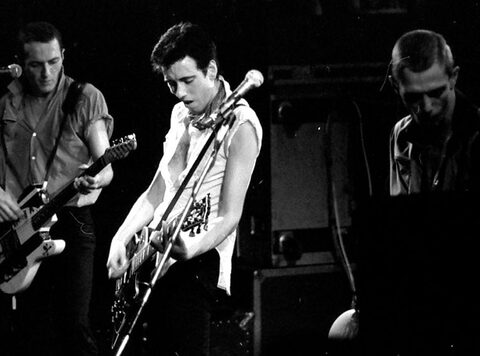
From the clothing, hairstyles, music and protests – 70's punk produced a generation of non-conformist revolutionaries. Read on to find out what it meant to be punk in 1970's Britain.
The Birth of The Punk Scene
Before we dive into the different aspects of Punk culture, it's important to know where it was born, bread and most importantly – why. At the heart of the Punk movement was anger. This anger came from the problems with mainstream politics such as unemployment, racism, terrorism, union strikes and inflation. The punk movement defied all that Britain had known up until this point and took a wildly apolitical stance.
Punk then, became a movement for all who did not want to fuse into the crowd. It transformed our nation, making it a movement with a huge legacy, that cannot be touched even in this day. The punk movement wanted to make it known that they would not stand for the decreasing climate of our country and rebelled against the norms in anyway they could.
Here are just some ways of how they did it:
Punk Rock Music
Punk Rock was born in the 70's and bands like The Sex Pistols and Ramones created a fire for the British government. With their crazy stage antics, aggressive lyrics and bad language, they rebelled against everything England stands for. Here you can see Alan Lee Shaw from the band Maniacs shouting "I don't wanna go to work" in a suit. This re-enforces the punk ideology that anarchy should reign and also, that we can do whatever we f*cking want!
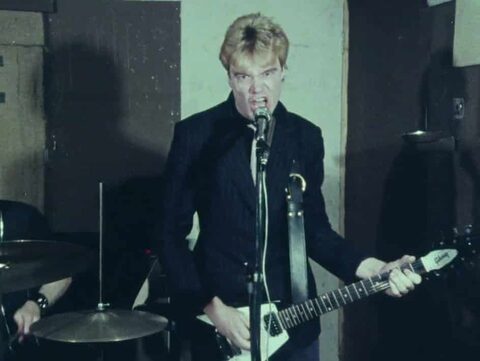
The Clothing
Punk culture formed communities that rejected the status quo with their extreme appearance and colorful vocabulary. Without delving too deep into the massive history of punk clothing and fashion, anything bold, eye-catching and obscure was what punks went for. Whether it be tall platformed boots or plaid skirts(both of which are hugely popular womens punk clothing items) – they owned it!
Grabbing your attention was the main thing punks strived for if their D.I.Y ripped clothes didn't cut it, then the accessories were the second most important thing. These include massive bulky dog collar chokers and any jewelry that feature spikes.
Pretty was not the aim. Crazy was.
If you can't picture it, let me show you some examples of the 70's punk look seen in Britain.
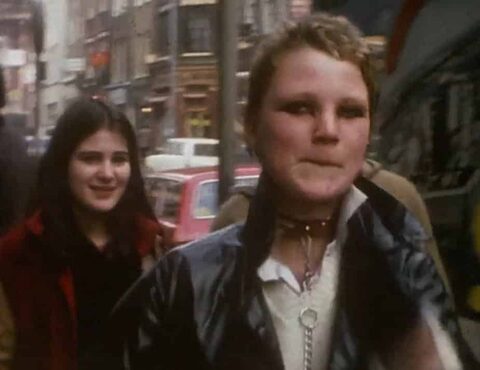
This girl is clearly a punk-rocker, sporting one of those attention grabbing classic punk chokers.

These lads are both wearing a pair of battered lace up boots. Bulky shoes of any kind were extremely fashionable in the men's punk clothing scene.
The Hairstyles
If you need the answer to the question "how to spot a punk?" An iconic fashionable punk hairstyle is what you need to look out for. Shocking mohawks and short, spiky styles were the styles punks roaming around Britain opted for. Both men and women opted for similar cuts as punk played on gender norms as well as everything else. Who says women should have long flowing dyed hair and men brunette buzzcuts?
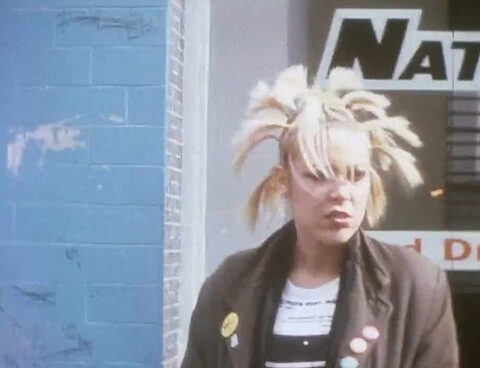
This woman takes eye-popping to another level with her crazy, sporadic pony tails.
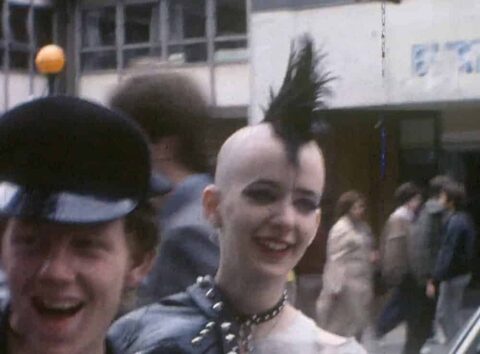
Taking a different approach, this woman can be seen sporting an amazingly striking mohawk.
Check out our article '20 Awesome Punk Hairstyles For Guys' if you're a punk enthusiast yourself and need some inspiration.
The Attitude
What does Punk embody more than anything? Anarchy. Going against the mainstream in shocking ways was normal on the streets of Britain in the 70's. Young people got active in the community with activities that defied the government. Many proposed a radical new way of life that doesn't involve all that British Law stood for – things like marriage or work). People began taking to the streets and part-taking in activities that were seen as deviant.
Here are just a few examples of the stuff the street of Britain saw.
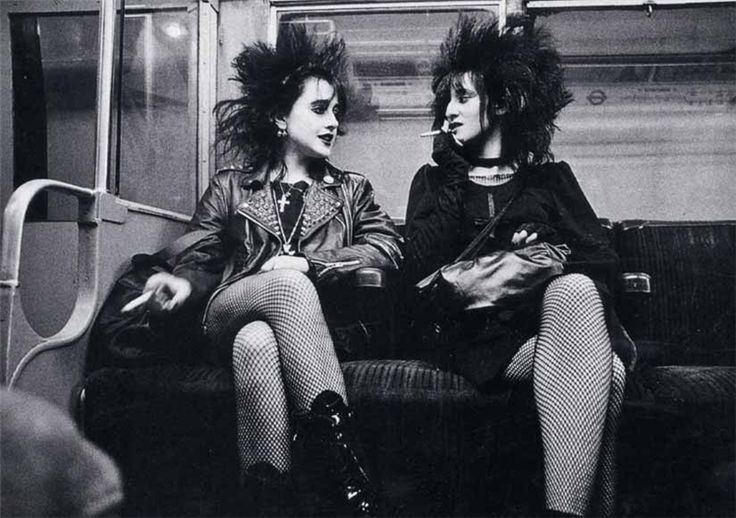
Many people took up smoking, drinking and partying as a form of rebellion against the man – being a work routine.
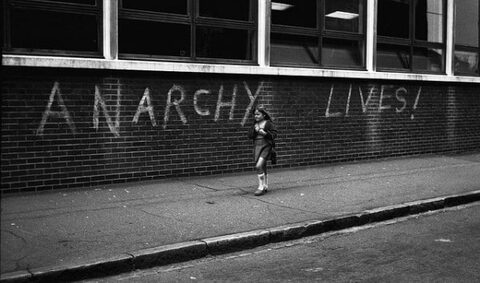
Vandalism was also common – anything to get the punk movement's message out there.
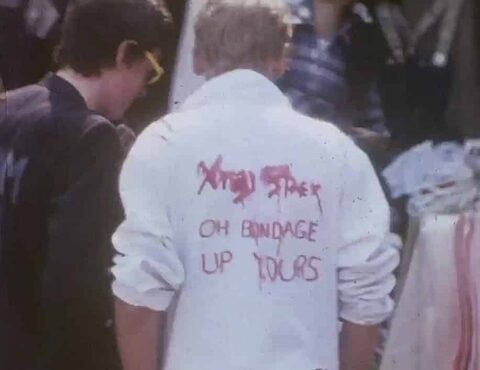
DIY fashion pieces were a massive part of punk culture. It was what made each outfit unique.
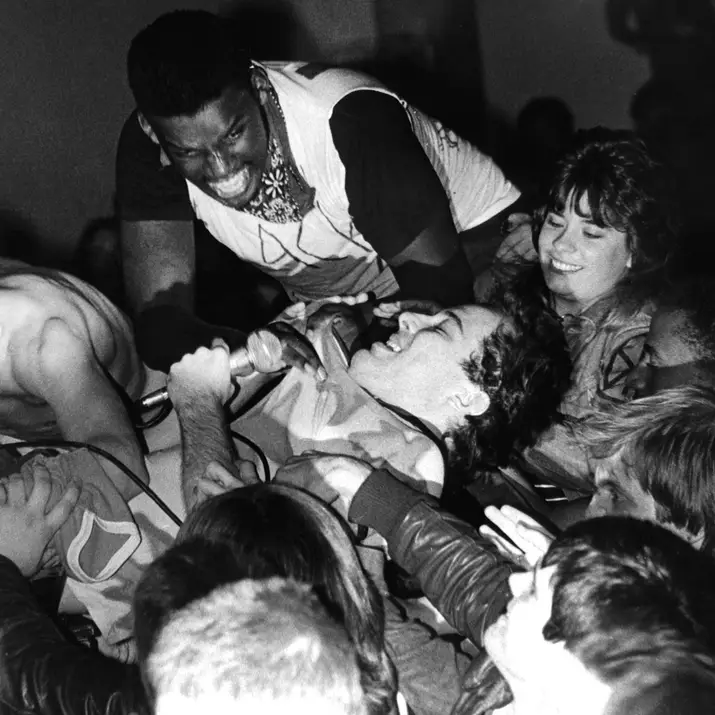
It's all about aggression and community. Sharing that joint rage at gigs like this.
The Local Punk Scene
In the 70's, local punk communities started forming. It could range from a few to a few hundred! What makes a 70's punk scene legitimate is a love for hardcore and punk bands, local gigs, and protests. Other things include shared shelter specifically for punk communities like squats.

This would have been a typical set up for some punks in the 70's where each person looked after the other. On many streets you'd find a house with a group like this one in.
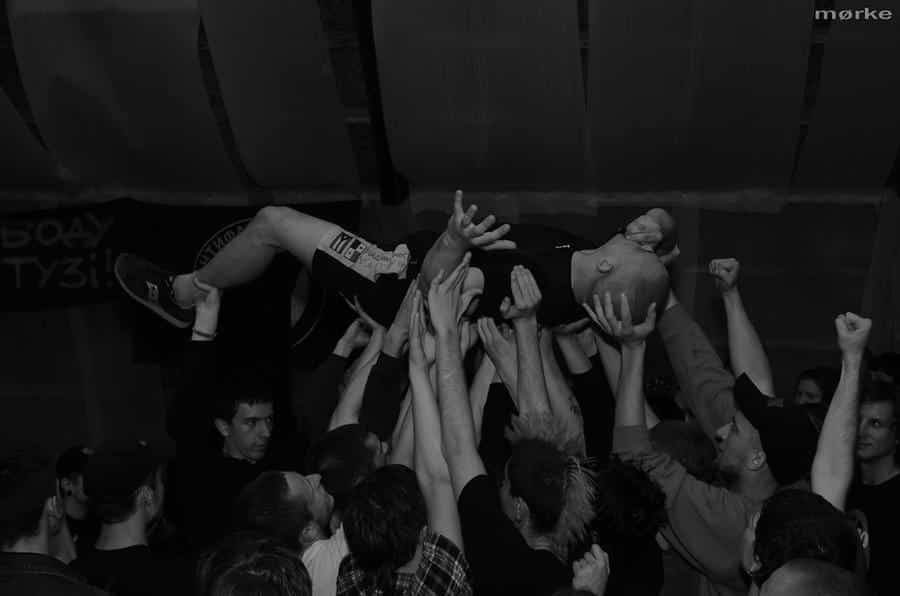
Attending gigs and supporting the scene were another big staple of the punk movement in the 70's. This image was taken from a local underground gig.
Has 1970's punk survived?
No doubt we will always have the history of punk-rock in our hearts, but does it still exist today? To keep the legacy alive, there are a few things you can do:
Any punk-rock enthusiast must know the classics and keep the listener base going. Bring it back and make it fashionable by adding in a few classics!
With some help from The Black Ravens, you can transform into the edgy, rebellious punks of the day. These ripped skinny jeans are the perfect addition to any punk wardrobe. They replicate the D.I.Y make your own vibe the originals had as punk couldn't be bought - it was made.
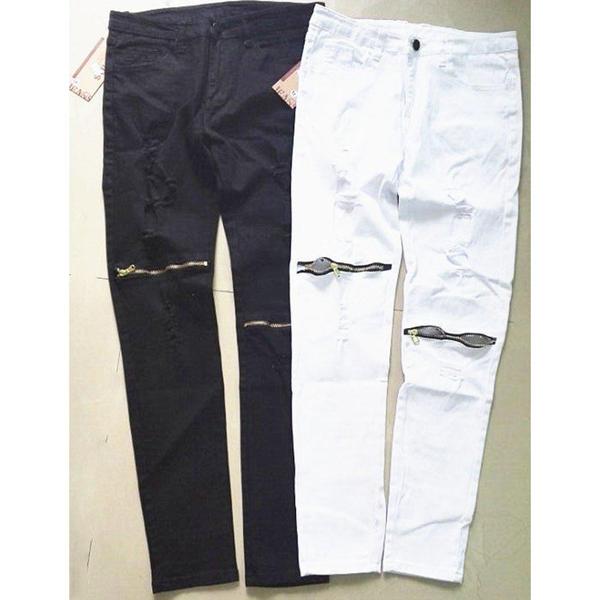
Hopefully you've enjoyed this article about punk culture and if you'd like to read more, just let us know!
See also:
